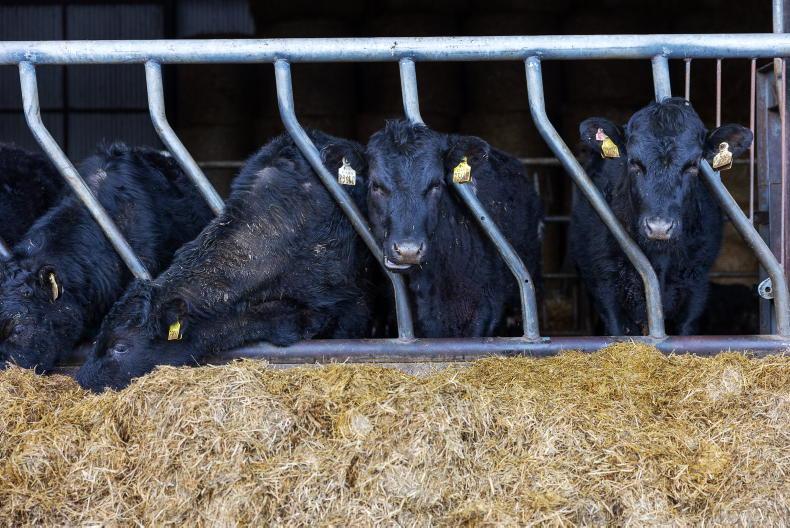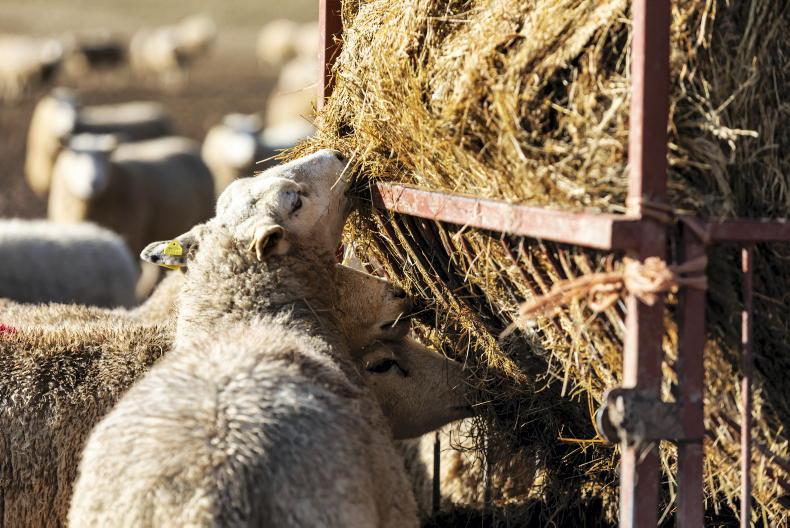Grass growth has surged ahead of livestock demand on many farms, meaning grazing paddocks may be carrying too much grass.
Taking some of this surplus out of the rotation as silage is recommended, especially where the timing fits in with harvesting first cut.
Once silage has been cut, manage the aftermath carefully, so that these paddocks are ready to graze again in 18 to 21 days time.
Managing post-cutting
Don’t run cattle over paddocks to clean up boundaries once silage has been lifted. This is fine for a dedicated silage field, but not grazing paddocks, as cattle will nip off regrowth.
Instead, once the field has been cleared of silage, get nitrogen applied as soon as possible with 20 to 25 units/acre to drive regrowth.
Slurry
Slurry is not recommended, unless you are using a trailing shoe. Even then, go with 1,500 gallons/acre of water slurry.
Spreading slurry on paddocks with a splash plate is risky with little rain in the forecast for the week ahead.
Also, slurry is high in potash and when applied to grazing swards, it increases the risk of grass tetany in lactating cows.
Therefore, it is best to give slurry a miss until late in the season when the rotation length can be extended out beyond 21 days.
Read more
Sheep price update: trade steady to marginally easier in cases
Top CAP earners revealed: stud, potato and beef farms
Grass growth has surged ahead of livestock demand on many farms, meaning grazing paddocks may be carrying too much grass.
Taking some of this surplus out of the rotation as silage is recommended, especially where the timing fits in with harvesting first cut.
Once silage has been cut, manage the aftermath carefully, so that these paddocks are ready to graze again in 18 to 21 days time.
Managing post-cutting
Don’t run cattle over paddocks to clean up boundaries once silage has been lifted. This is fine for a dedicated silage field, but not grazing paddocks, as cattle will nip off regrowth.
Instead, once the field has been cleared of silage, get nitrogen applied as soon as possible with 20 to 25 units/acre to drive regrowth.
Slurry
Slurry is not recommended, unless you are using a trailing shoe. Even then, go with 1,500 gallons/acre of water slurry.
Spreading slurry on paddocks with a splash plate is risky with little rain in the forecast for the week ahead.
Also, slurry is high in potash and when applied to grazing swards, it increases the risk of grass tetany in lactating cows.
Therefore, it is best to give slurry a miss until late in the season when the rotation length can be extended out beyond 21 days.
Read more
Sheep price update: trade steady to marginally easier in cases
Top CAP earners revealed: stud, potato and beef farms










SHARING OPTIONS